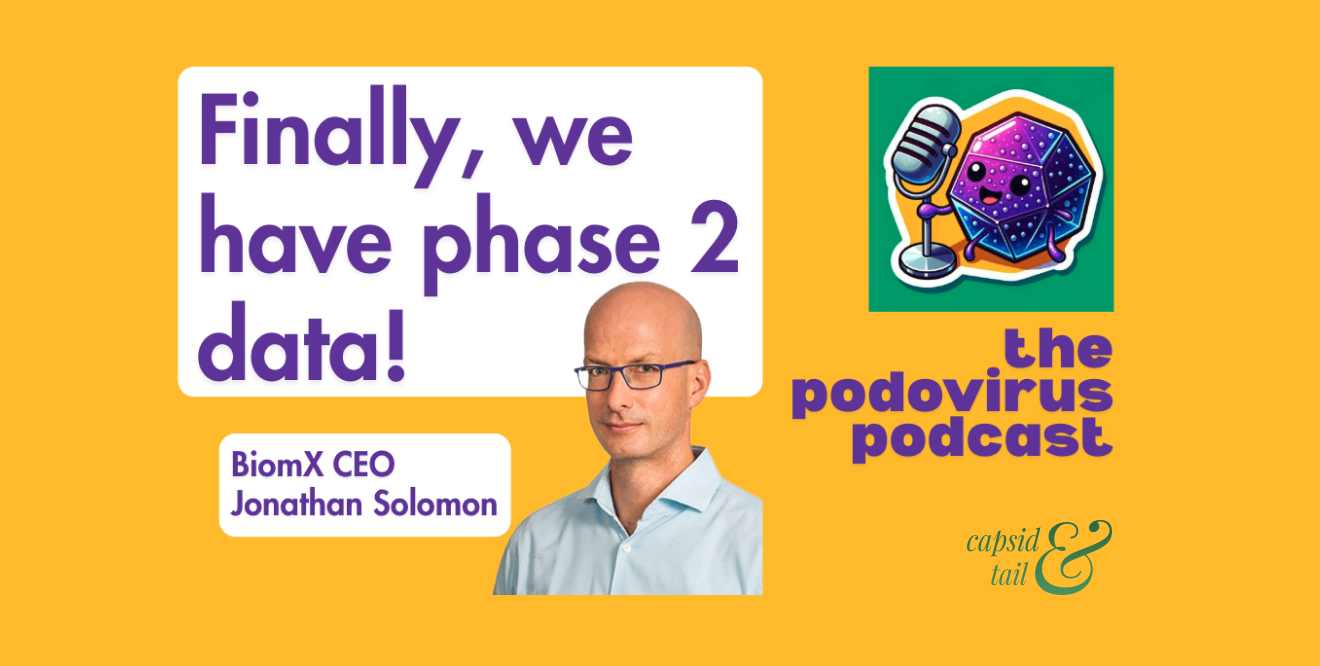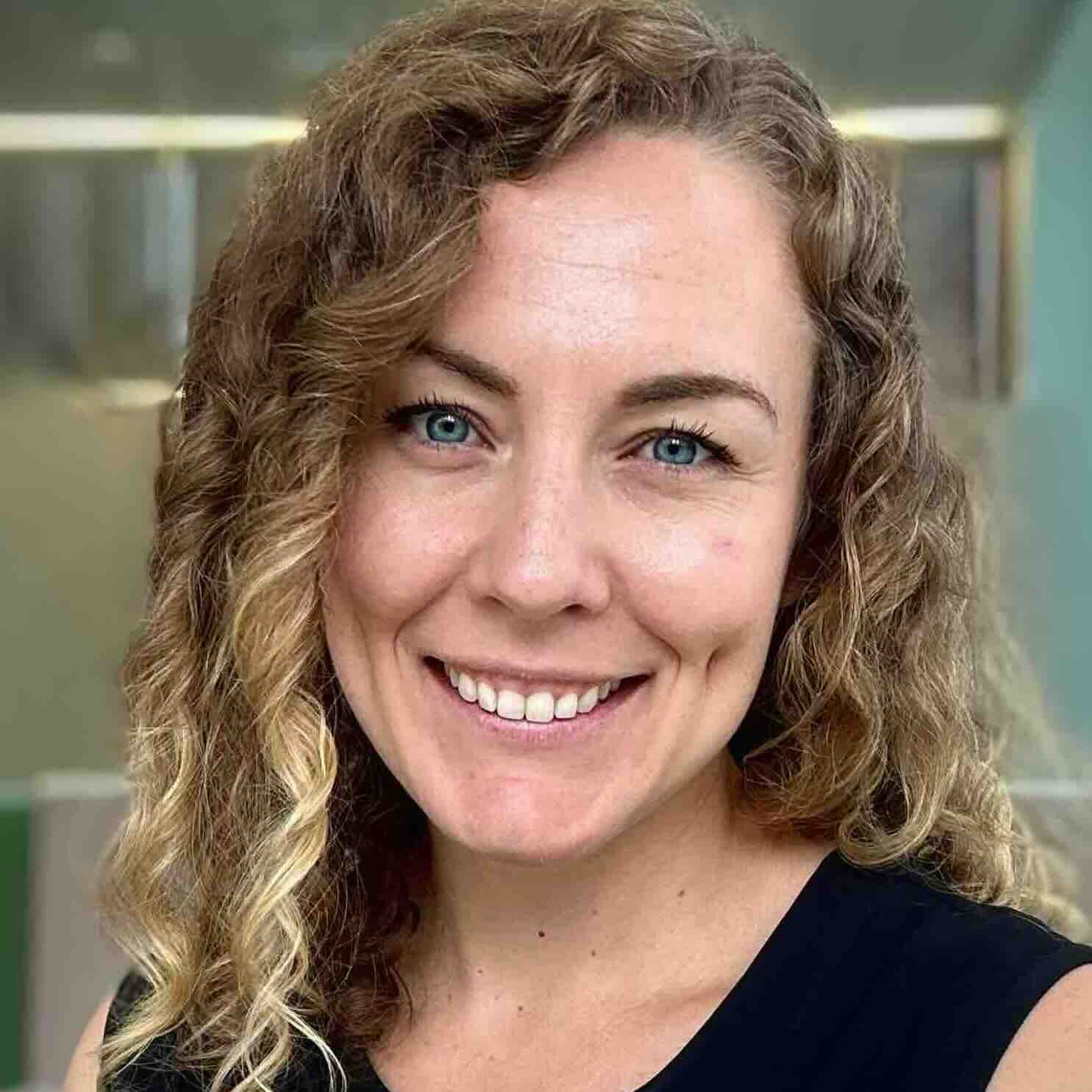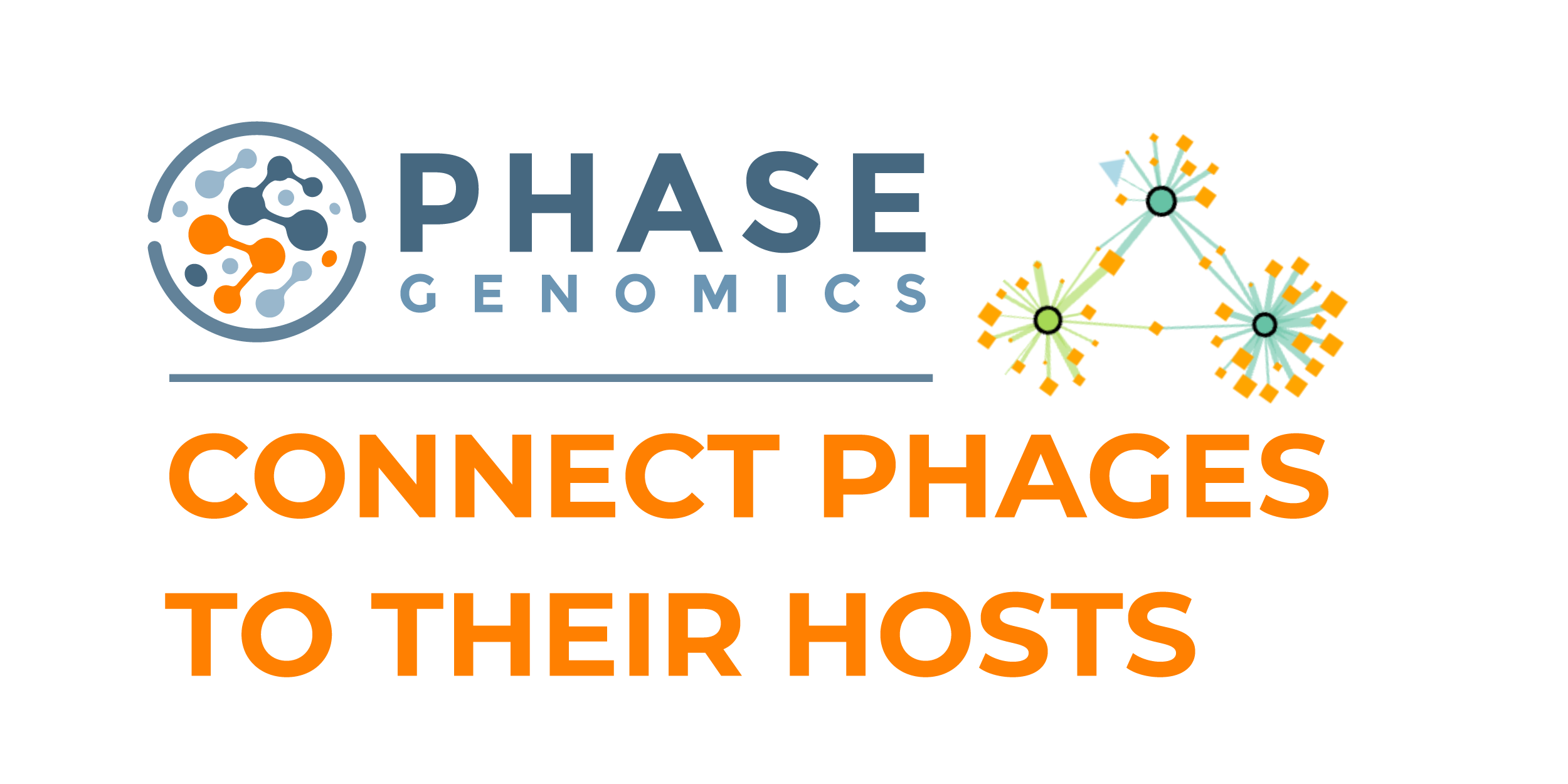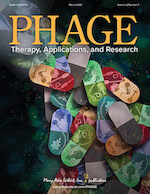“Why can’t anyone seem to do a positive phase two clinical trial for phages?” This question has echoed through the phage therapy field for over a decade. In our latest Podovirus Podcast episode, Jonathan Solomon, CEO of BiomX, delivers the answer many have been waiting for – his company just completed a successful phase 2 trial for diabetic foot osteomyelitis using phage therapy, showing not just microbial effects but actual clinical improvement with statistical significance.
“We take it for granted that phages are safe. The real question is: can we show convincing clinical data? And now we have.”
With 40% of DFO patients facing amputation, this is an area of massive unmet need. Jonathan shares how their trial was designed (he credits the team at Adaptive Phage Therapeutics, which began the trial prior to its merge with BiomX), and how it achieved what many of us have almost given up on: positive, statistically significant clinical efficacy data for a phage therapy treatment*.
Highlights from our conversation:
- BiomX’s diabetic foot osteomyelitis study showed approximately 40% improvement with statistical significance – and in patients where Q-tip could reach bone, 12 out of 13 phage-treated patients showed significant tissue regrowth versus only 5 out of 9 in the placebo group
- Their personalized approach used a single optimized phage for each patient rather than a cocktail – selected from a bank of Staph phages
- The “head of the snake” theory held true – treating only Staph aureus in polymicrobial infections was effective, suggesting not all bacteria present need targeted phages
- The Navy and Defense Health Agency have been significant funders due to concerns about drug-resistant infections in wounded troops from Ukraine, potentially offering continued support for future trials
A few snippets from the episode…
On clinical trial design and working with clinicians:
“We kind of talked to everyone and it kind of goes to the question of dynamic range, like what can we expect to see? And the experts told us, look, they are being treated with antibiotics. So in 12 weeks, you should see a reduction of 40% in the size of the ulcer on the placebo group… So then you kind of say, okay, well, if placebo is shrinking by 40%, what do you guys want my phage treatment to be? Is it 5%? Is it 10%? And they’re like, no, it’s got to be 20 to 30% because if you don’t do anything beyond that, then it’s not really moving the needle.”
On their phage dosing and delivery approach:
“So again, I think this is all credit to the folks at Adaptive Phage. And I think the rationale was to follow compassionate use cases… I think the rationale was a bit like oncology — a single dose for debulking bacteria [using] the IV route. And then topical is trying to break down biofilm, and that would take a longer time to have the effect.”
“We’ve insisted on taking bone biopsy and growing bacteria out of it and making sure that the phage is [effective against strains] in the bone, so very careful screening criteria, long dosing and quite a complicated regimen… Because we’ve insisted on taking bone biopsy and culturing bacteria, there was a major dropout because not all the centers know how to do a bone culture or bone biopsy and grow bacteria out of it successfully.”
On the commercial potential and investor considerations:
“Just think about the numbers. There are 160,000 lower limb amputations in patients with diabetes alone. 85% of them are driven by DFO, right? So just think about the number of amputations… if you have DFO, the patient will end up 40% of the time with an amputation. By the way, the five-year survival after an amputation is like 50%, right? That means it’s worse than cancer. Like it’s worse than the worst cancer.”
“The typical pharma executive will say, ‘look, infectious disease is not that exciting. And phage is this new modality. I mean, it’s not even a new modality, right? You guys have been talking for the last hundred years, right? Is there convincing data? Because some people would say it just doesn’t work, right? People have been talking for such a long time. It just doesn’t work. Let’s move on.’ And I think hopefully now, right, we put a dent in that theory.”
On biofilm research needs:
“The thing that has sort of surprised me is that there isn’t that much work in biofilms. I think there’s a lot to learn about biofilms. In DFO, you can literally image the biofilm… I suspect that there’s so much more work that we can do in biofilm to harmonize assays and understand. And sometimes biofilm could be polymicrobial. So what does it mean?.. I suspect that that’s one of the leading causes for failure of standard therapy”
What’s next for BiomX…
Looking ahead, Jonathan envisions a larger pivotal study for diabetic foot osteomyelitis, potentially qualifying for orphan designation and breakthrough status. They’re also advancing a phase 2B cystic fibrosis study with 60 patients treated for two months. With strong investor backing from Deerfield and continued interest from the Defense Health Agency, BiomX aims to have one or two approved drugs within five years and to become a “go-to modality” within 15 years.
Learn more!
- BiomX Positive Phase 2 Diabetic Foot Osteomyelitis Results
- The details of BiomX/Adaptive Phage Therapeutics’ DANCE trial
- Recent key opinion leader discussion of Diabetic foot osteomyelitis results
- BiomX Positive Part 2 Phase1b/2a trial of Cystic Fibrosis results
- BiomX (NYSE: PHGE) website
Added context
Timestamp ~22:50: Technophage (a biotech company in Portugal) did run a prior Phase 1/2a trial for diabetic foot infections. While the study showed their TP-102 phage cocktail was well tolerated and safe, and reported improved outcomes, the authors report it was underpowered to determine the superiority of TP-102 over placebo, as it ended before reaching the final target of 18 patients due to slow recruitment. Technophage is currently running a larger version of this study.
Of note, there has been one other successful phase 2 phage trial: the Wright et al. ear infection trial published in 2009. This clinical program would have moved to phase 3, but corporate priorities shifted around the time of the ‘08 crash, and it was dropped (check out this interview with trial lead David Harper to learn more). Phage companies have been trying to re-reach this milestone ever since. Finally, it’s been reached.
Want more stories from behind the front lines of phage development?
Subscribe to the Podovirus Podcast!
Spotify: https://open.spotify.com/episode/21MzBWdGUKrm9ujTKj7ist
YouTube: https://www.youtube.com/watch?v=RKF4FgSFfjI
Apple Podcasts: https://podcasts.apple.com/us/podcast/podovirus/id1798745994







